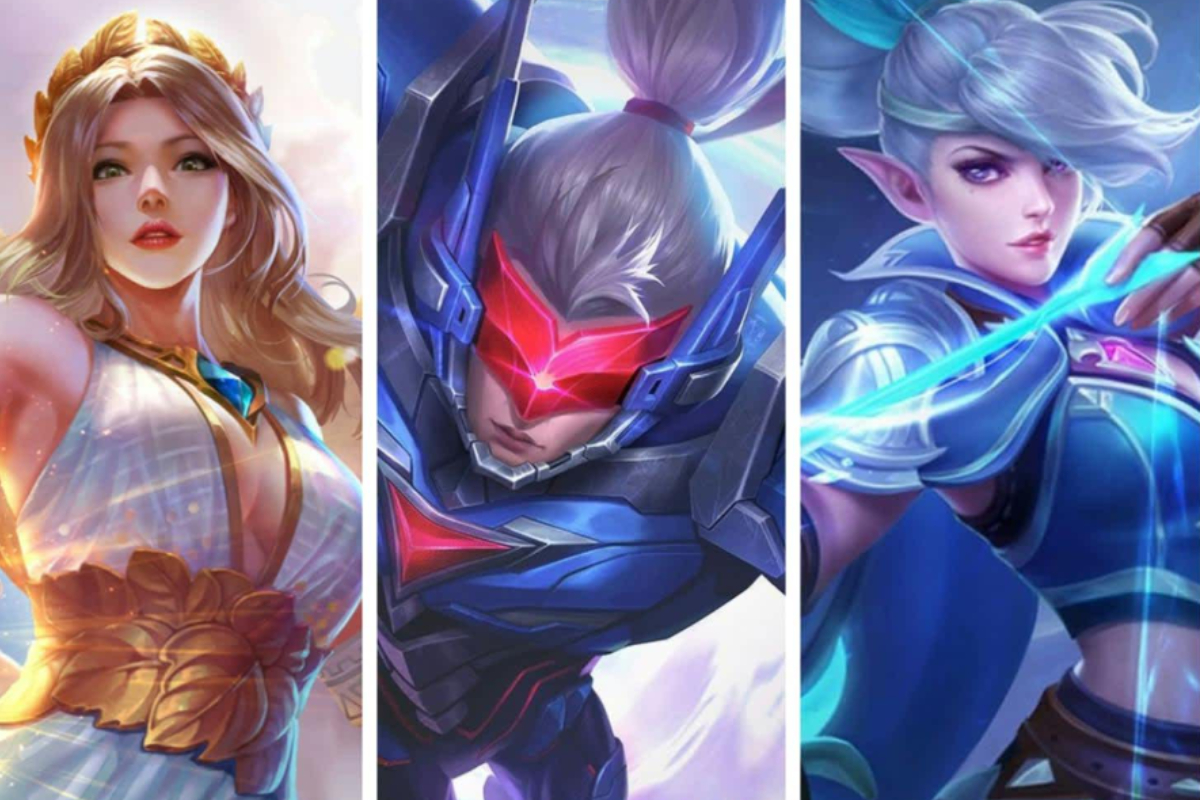Game design is built on key elements that are crucial in creating a game, and the right balance of these aspects determines whether a game will be enjoyable and engaging. Many players don’t realize why they get addicted to a game, but often it’s due to the careful design of gameplay mechanics, storytelling, and other essential parts.
Important Themes Covered in This Article
In this article, we will discuss the key elements of game design that affect the enjoyment of a game. From game mechanics, controls, and gameplay to storytelling, reward systems, multiplayer features, and innovation, we will share how each aspect serves as the foundation for a fun experience. You will also learn why achieving the right balance in these elements is crucial for creating an unforgettable game.
What Makes a Game Fun?
When we play games, it’s not just about pressing buttons or moving a character that makes the experience enjoyable. The fun comes from the key elements of the game design, like smooth mechanics, responsive controls, an engaging story, and a rewarding gameplay loop. Here are the main parts of game design that contribute to a game’s enjoyment:
- Balanced and engaging game mechanics
- Controls that respond smoothly to every player action
- An intriguing story and game world
- A reward system that sparks interest
- Multiplayer and social interaction that deepen connections
- Art and sound design that enhances immersion
- Innovation and replayability that bring players back
Game Mechanics: The Foundation of Enjoyment
Game mechanics form the core system of a game. It’s one of the key design elements that determine how a game is played and whether it’s enjoyable. Balanced mechanics provide a fair challenge while keeping the excitement of every move.
For example, in the game Super Mario, the simple jumping and running mechanics are designed to be intuitive. Whether you’re young or old, the controls are easy to learn but hard to master. This design is satisfying because there’s a learning curve, but it never becomes boring.
Moreover, great mechanics provide enough challenge without being too difficult. When a game is too easy, the thrill disappears, but if it’s too hard, players may quit quickly. The right balance between challenge and accessibility is one reason why a game remains popular.
Controls and Gameplay: The Player’s Connection to the Game
Good game mechanics are useless if they aren’t supported by responsive controls. Responsive controls are crucial to making the player feel connected to the game.
If a game has input delays or the character’s movements don’t match the player’s intentions, immersion is lost. For example, in Dark Souls, the controls are deliberately heavy and require precise timing to create a tactical and rewarding gameplay experience. It’s not just about attacking; it requires strategy and perfect timing.
Another example is the game Celeste, where fast and precise controls are key to why it’s so fun to play. Despite the difficulty of the mechanics, the perfect responsiveness of the buttons with each player move gives satisfaction with every success.
Storytelling and Narrative: Using Story to Enhance Engagement
A deep story is one of the reasons why some games stick in the player’s mind. Great game design isn’t just about mechanics; it’s also about a narrative that motivates the player to keep playing.
In The Last of Us, for example, the emotional story of Joel and Ellie strengthens the player’s connection to the game. It’s not just a survival game; it’s a powerful tale of love, loss, and sacrifice.
In addition to emotional depth, great storytelling can enhance immersion in an open-world game. In Red Dead Redemption 2, for instance, every decision the player makes impacts the story, making the experience more personal and engaging.
Game Progression and Reward System: Motivating Players
The feeling of progress is essential to keep a player engaged. If there’s no clear goal or reward in the game, players will quickly lose interest.
The game Minecraft is an example of a well-designed progression system. Even without fixed objectives, it gives players the freedom to create, explore, and find their own goals. The reward isn’t just experience points, but the satisfaction of building your own world.
Another great reward system is found in RPGs like The Witcher 3 and Final Fantasy. In these games, every mission or battle rewards players with new equipment, skill upgrades, or even new parts of the story. This system motivates players to keep playing.
Multiplayer and Social Interaction: More Fun, More Connection
Many successful games have thrived because of their multiplayer experience. Social interaction within a game adds a new dimension to the fun. In Among Us, for example, the gameplay is simple, but the fun comes from communication, suspicion, and trickery with other players.
When a game has effective social elements, it becomes more engaging due to interaction with others. Both competition and cooperation add a unique thrill to the gameplay.
Other games like Fortnite and Minecraft offer vast spaces for creativity and teamwork. The ability for players to collaborate or battle against each other adds a dynamic and unpredictable element to the gameplay, making them games that people keep coming back to.
Art and Sound Design: Creating an Immersive World
Visuals are not the only important aspect of game design; sound and music also play a crucial role. A game with a distinctive art style is easier to remember. For example, Hollow Knight has beautiful 2D visuals and atmospheric music that enhance the game’s immersion.
On the other hand, horror games like Silent Hill use sound to create tension and fear. The right sound at the right moment can have a profound effect on the player’s emotions.
Both visuals and audio are not just for aesthetics but also affect the gameplay itself. In The Legend of Zelda: Ocarina of Time, for example, music is not just background noise but an essential part of the game mechanics, where the use of different sounds affects the game world.
Innovation and Replayability: The Secret to a Game’s Longevity
Games with high replay value often last a long time. Innovation in mechanics and content updates helps keep the game fresh.
For example, The Legend of Zelda: Breath of the Wild has open-world mechanics that provide many ways to solve challenges. As a result, every playthrough brings a new experience, making players return even after finishing the main story.
In addition to its vast world and mechanics, roguelike games like Hades offer a unique experience with every playthrough due to the procedural generation of levels. This style of game design provides a fresh challenge each time, so players don’t get bored quickly.
The Secret to a Fun Game
A successful game is not just about great graphics or famous characters. It’s a thoughtful combination of game mechanics, story, progression, social interaction, and art design. When all of these elements are well integrated, they create an unforgettable experience. In the end, the most important aspect of a fun game is its ability to make every moment of gameplay unforgettable.



